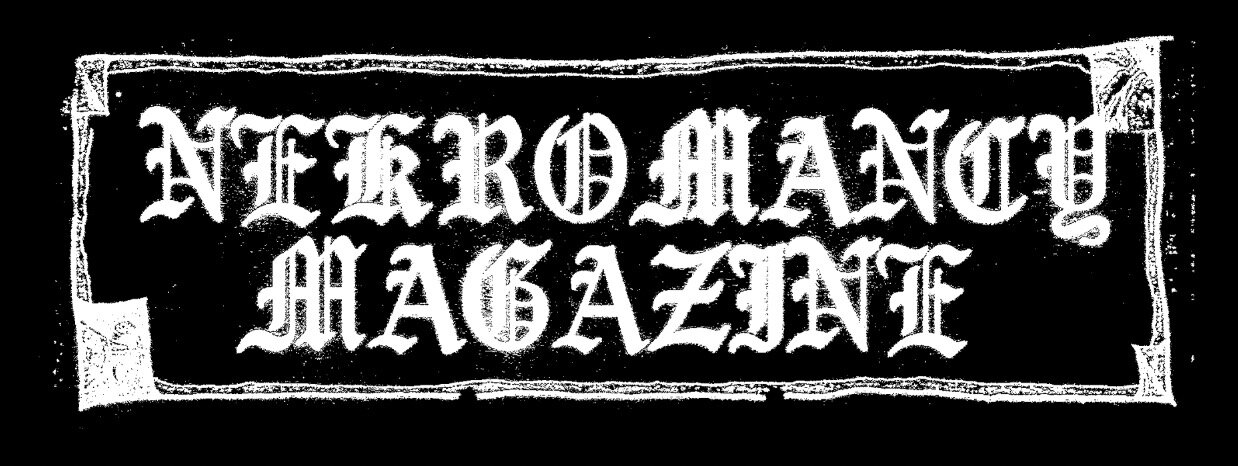'The Killer In The Back Seat': Female Revenge in Urban Legend (1998)
March 23, 2021 ● Catherine Jablonski
Sony Pictures Releasing
The difference between male and female killers may seem arbitrary but their reasons for killing couldn't be more different. The slasher genre has been a constant in Horror since the 70s and even earlier in Italy.
Slashers resolve around a killer on a killing spree in an isolated location with a knife or a blunt object. The killer must come against the final girl, a character unlike the rest; she must be virginal, resourceful, and able to change between the states of feminine and masculine. But what happens when the killer is also female?
Slashers have their origins in urban legends, so it makes sense that in the post Scream (1994) era when slashers became self-referential, there would be a film combining the two.
Urban Legend (1998) by Jamie Blank follows a group of college students who are killed one by one by an unknown killer. Each kill is in the style of different urban legends that are circulating the campus. We find out that the killer is Brenda (Rebecca Gayheart), the best friend of the final girl, Natalie (Alicia Witt). After her boyfriend David's fatal car crash caused by Natalie, Brenda has been driven to kill to get revenge.
The typical slasher narrative follows a male killer, hellbent on getting revenge. The slasher kills mostly young people, being defeated only by the final girl who is the most adaptable and masculine or androgynous character able to escape the killer.
One of the rules of slashers is that the killer is never born evil but must become it through a traumatic event. Male killers have a variety of reasons for their killings and need for revenge. In The Burning (1981), he's set on fire, Leatherface from The Texas Chainsaw Massacre franchise (1974-) was let go from the slaughterhouse, Jason in Friday the 13th franchise (1980-) was left to drown. These male killers' need for revenge is never caused by abandonment or reasons that revolve around love and the family.
This is very different from female killers where the need for revenge is created by betrayal, abandonment, or the loss of masculine protection in their lives. By killing Brenda's boyfriend, Natalie denies Brenda the safety from these cautionary tales that 'happen to girls back home' and for that, she must pay. Urban legends act as a warning to single women, as Professor Wexler (Robert Englund) says "young women mind your children, or harm will come your way". They must take their place in societal roles at home and in the family or else be punished.
Through Brenda's need for revenge, she is transformed into a ruthless and precise masculine killer. Due to societal roles and the history of the genre, we don't believe the killer can be a woman. However, the 90s resurgence of the slasher genre relied on mystery and the reveal, so using a female killer converted expectations.
Sony Pictures Releasing
Having a female killer in a slasher changes the plot points and character development, placing it more like a rape-revenge film. The killer must begin a victim but go through a transformation from the initial trauma, allowing them to break through the realm of emotion and become a masculine killer. She begins the narrative feminine, talking about guys and too scared to eat pop rocks with soda (an urban legend that it would blow up your stomach).
We see Brenda crying when Natalie kisses Paul, her love interest, which only fuels her transformation, and at the end of the narrative, she is a powerful female torturer out for revenge. She is coded as phallic, with a scalpel used for torturing Natalie, cutting into her flesh, whist she mimics Natalies cries for help. She is coded similarly to how the final girl often is, fluid and changing from the victim to the killer, castrated to phallic, passive and active, masculine and feminine. The male slasher on the other hand rarely has to transform to become a killer.
Sony Pictures Releasing
The female characters in Urban Legend go against the representation of women in urban legend stories as helpless and passive. Urban legends sprang up around the time of increased female independence when more women started going to college. Urban legends along with Slashers teach women that they shouldn't have sex before marriage and to not go out alone or they'll be punished for it.
Brenda is the killer in the backseat, she has agency and her killings are precise and well thought out. Whilst almost framing Professor Wexler, Natalie heroically goes to the abandoned room to save her best friend without her pepper spray which although doesn't turn out well for her, shows they can look after themselves.
However the driving desire of the narrative is getting revenge for her boyfriend and attention from Paul, she is forever linked with the trauma of her boyfriend's death and loss of love: "have you found the love of your life yet Natalie?” Love and safety are presented as the goal of the two women, so although it shows a changing representation of women, it also shows reliance on the masculine.
Catherine Jablonski ● Writer
Twitter: @k1tchen_sink_
Instagram: @catherine_jablonski_
Photographer and occasional filmmaker, I spend my time watching Horror B movies and dreaming of living in a haunted house.



